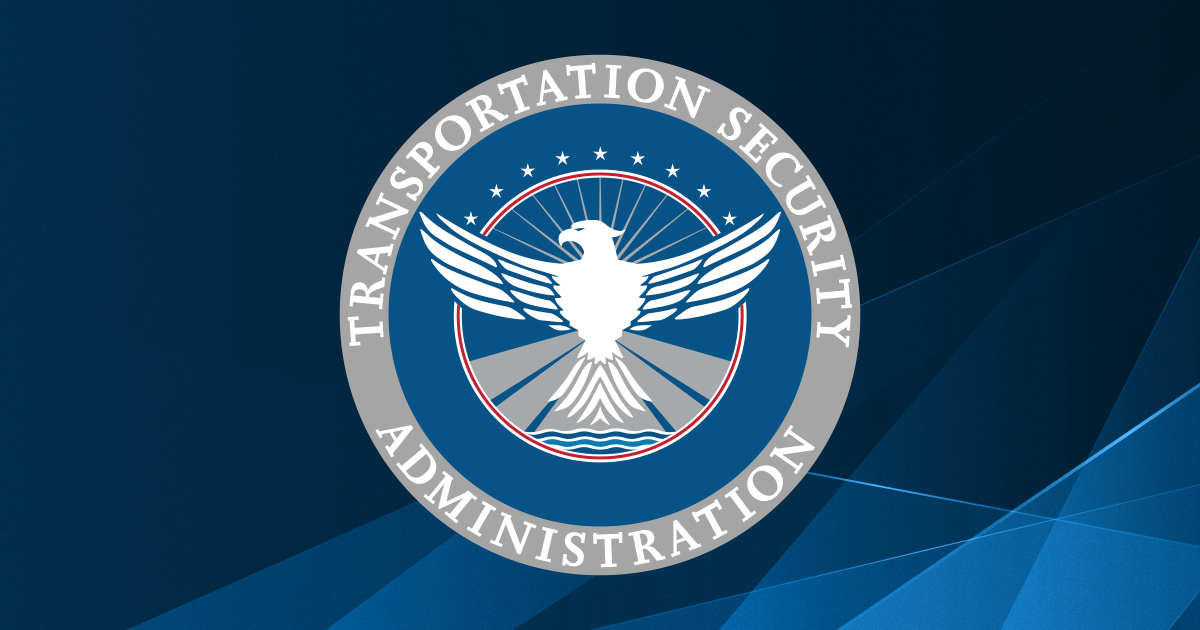
- The AI video surveillance market is rapidly growing, expected to reach USD 12.46 billion by 2030.
- AI-based systems offer real-time threat detection, behavioral analysis, and predictive monitoring.
- Cloud and edge deployments enhance surveillance infrastructure with agility and responsiveness.
- Computer vision technology is crucial, enabling object recognition, facial analysis, and anomaly detection.
- The Asia-Pacific region, led by China, is at the forefront of adopting AI-enhanced cameras.
- AI-driven video management software supports remote monitoring and informed decision-making.
- Key industry players, such as Hikvision and Dahua Technology, drive innovation in response to growing demands.
- The trend signifies an urgent need for AI-powered surveillance to enhance global security.
Imagine a world where security systems are not just cameras perched atop poles capturing endless footage, but intelligent guardians constantly vigilant, able to discern threats in real-time and alert authorities immediately. This transformation is unfolding right now, as the global market for AI in video surveillance rockets towards an expected worth of USD 12.46 billion by 2030. With an astounding compound annual growth rate of 21.3% projected, the profound implications ripple across sectors and continents.
The driving force behind this trend is an ever-growing demand for sophisticated security measures. In bustling urban landscapes, where populations swell and anonymity shrouds threats, AI-based surveillance systems offer a reassuring presence. These systems extend beyond the capabilities of traditional cameras, leveraging advances in machine learning and computer vision to perform tasks like real-time threat detection, behavioral analysis, and predictive incident monitoring.
Vividly, these advancements manifest in cloud-based and edge deployments, bringing agility and responsiveness to surveillance infrastructure. Organizations with sprawling geographic footprints no longer face the constraints of location dependency; instead, they can monitor and respond to incidents from anywhere. The cloud’s ability to analyze data instantly, coupled with mobile accessibility, ensures swift handling of potential security breaches and operational issues.
Central to this revolution is the adoption of computer vision technology, expected to capture the highest market share. With uncanny precision, it identifies objects, recognizes faces, analyzes activities, and detects anomalies. Real-time insights are no longer futuristic dreams but present-day realities, enhancing situational awareness in smart cities, automating retail analytics, and revolutionizing traffic management.
Fueling this technological shift is the Asia-Pacific region, with China at the forefront. The nation is not just a consumer but a trendsetter, deploying AI-enhanced cameras that align with ambitious infrastructure projects and societal needs. High-definition systems capable of functioning in challenging environments exemplify China’s dedication to innovation in this arena.
As governments and businesses pivot towards these intelligent solutions, the market for AI-driven video management software burgeons. The ability to remotely monitor, analyze, and alert in real-time equips organizations with not only advanced protective shields but also operational advantages, facilitating informed decision-making and efficient resource allocation.
Key industry players like Hikvision and Dahua Technology acknowledge this momentum, capitalizing on the surge through innovations that align with growing security and operational demands. The path forward is clear: AI-powered surveillance is not a distant prospect but an imminent necessity, poised to reshape not just security protocols but the very fabric of how safety is perceived and enforced across the globe.
The takeaway is evident: embrace the change, harness the technology, and redefine security for a safer, smarter future. In this era of digital vigilance, those who adapt will thrive, turning potential risks into manageable realities.
AI in Video Surveillance: Reshaping Security with Intelligent Guardian Systems
As AI technology continues to make waves across various sectors, video surveillance is undergoing a transformative evolution. Imagine a future where security systems are not merely passive observers but active, intelligent guardians thoroughly capable of identifying real-time threats and alerting authorities promptly. This is not merely speculative but a fast-approaching reality, with the global AI video surveillance market expected to reach USD 12.46 billion by 2030, growing at a compound annual rate of 21.3%.
How AI Transforms Video Surveillance
1. Real-Time Threat Detection:
AI-based surveillance systems utilize machine learning and computer vision to provide real-time threat detection. These systems are adept at behavioral analysis, helping to anticipate and prevent incidents before they occur.
2. Cloud and Edge Deployments:
Advanced deployments offer agility by leveraging cloud technology to analyze data instantly. This ensures swift incident response from anywhere, providing invaluable flexibility for organizations monitoring extensive geographic areas.
3. Computer Vision Technology:
This technology excels in identifying objects, recognizing faces, analyzing activities, and detecting anomalies with precision. It is integral to enhancing situational awareness in applications such as smart cities, retail analytics, and traffic management.
Market Leaders and Regional Insights
1. Asia-Pacific at the Forefront:
The Asia-Pacific region, particularly China, is setting benchmarks with AI-enhanced surveillance. China’s ambitious infrastructure projects showcase high-definition systems functional in challenging environments, symbolic of its commitment to innovation.
2. Industry Giants:
Companies like Hikvision and Dahua Technology are prominent in this space, continuously innovating to meet increasing security and operational demands. Their technologies offer not only protection but also strategic operational insights, proving invaluable for organizations worldwide.
Controversies & Limitations
1. Privacy Concerns:
The deployment of AI-powered surveillance raises privacy issues, with significant concerns about data protection and mass monitoring.
2. Ethical Usage:
The potential for misuse of this technology could lead to ethical dilemmas, especially in authoritarian regions where surveillance may be used to suppress dissent.
Predicting Future Trends
1. Increased Demand for Smart Surveillance:
With urban populations growing, the demand for smart surveillance solutions tailored to urban challenges will likely surge.
2. Integration with IoT:
Future systems will likely integrate more deeply with IoT devices, providing more comprehensive and proactive security measures.
Implementing AI-Driven Security: Step-by-Step
1. Assessment:
Begin by assessing your current security needs and vulnerabilities.
2. Vendor Selection:
Choose reputable vendors like Hikvision with robust portfolios in AI and surveillance technology.
3. Integration:
Ensure seamless integration with existing systems, with a focus on cloud and edge capabilities to ensure real-time responsiveness.
4. Training:
Invest in training for staff to maximize system utilization and response strategies.
Actionable Tips for Organizations
1. Adapt Early: Embrace AI technology now to stay ahead of security challenges.
2. Stay Informed: Keep abreast of technological advancements and privacy regulations.
3. Enhance Capabilities: Use AI systems to augment existing security protocols, not replace human oversight entirely.
For further reading and latest innovation updates, check out Hikvision for comprehensive information on AI-driven security solutions. Adapting to these technological advances promises a smarter, more secure world where potential threats are swiftly managed, ensuring safety and peace of mind.
link






